Skin conditions are a common problem that plagues cats. There are numerous causes of skin conditions ranging from autoimmune disorders to allergies to true infections. While some might not look too serious, it’s important to get your cat checked out anytime they are dealing with skin issues so that you can get the problem under control and get them back to feeling their best. Continue reading to learn about 10 of the most common skin conditions impacting our companion cats.
The 10 Common Skin Problems in Cats
1. Atopic Dermatitis
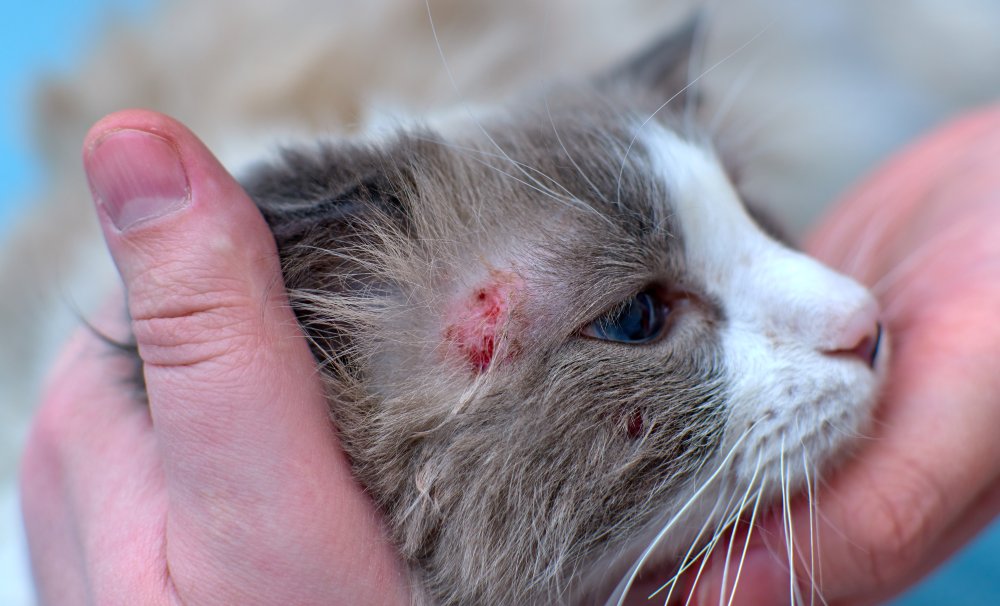
One of the most common conditions leading to abnormal skin in cats is allergic or atopic dermatitis. Atopic dermatitis is the inflammation and itchiness of the skin that occurs secondary to an environmental allergen. Examples of allergens can include mold, weeds, and pollen, among others.
Animals with allergic dermatitis will often appear itchy and can develop secondary bacterial infections. They also tend to have a history of recurring ear infections and wounds due to self-trauma. The treatment is dependent on the underlying cause. Your veterinarian may recommend allergy testing for your cat and, based on the findings, will be able to provide you with treatment recommendations.
2. Flea Infestations
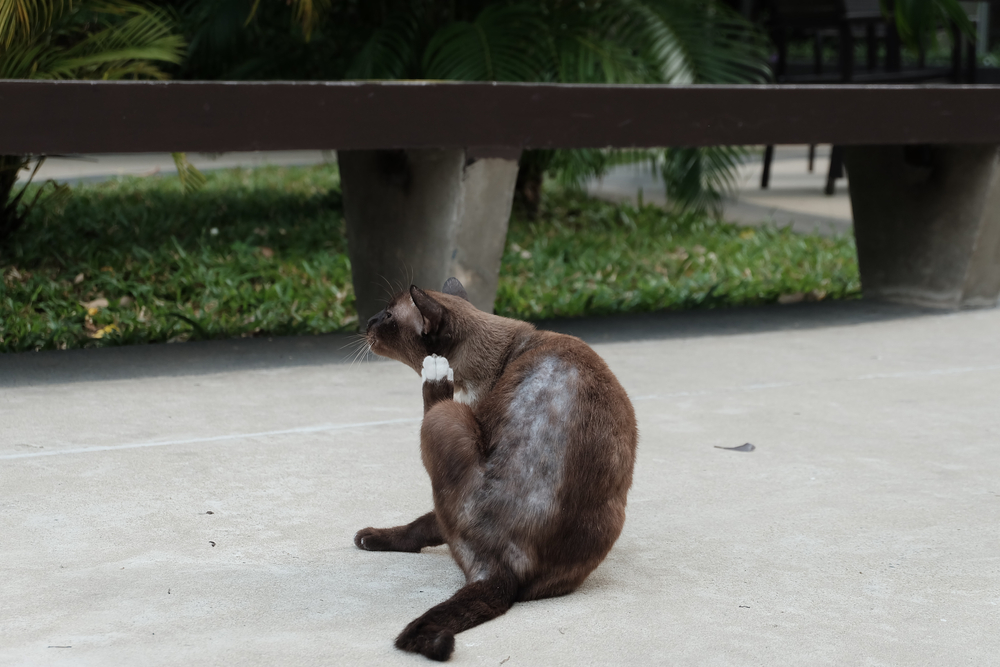
Fleas can cause chaos for our cats, even our strictly indoor ones. Fleas themselves can cause intense pruritus or itchiness from crawling around. For some cats, the itchiness can become amplified as a result of hypersensitivity to flea saliva, leading to flea allergy dermatitis.
Often cats experiencing flea allergy dermatitis will have itchiness and several small, red bumps on the skin around the base of the tail and around the neck. Fortunately, there are several flea preventatives available to help protect our cats against fleas. It is important to not only treat your cat with flea prevention, but it is also critical to treat your cat’s environment.
Never use a flea product designed for dogs on your cat and avoid flea dips and shampoos, as cats can be sensitive to some ingredients in these products. Consult with your veterinarian if you have questions regarding which prevention is best for your companion.
Need veterinary advice but can’t get to the clinic? Catster recommends PangoVet, our online veterinary service. Talk to a vet online and get the answers and advice you need for your cat without having to leave your living room — all at an affordable price!

3. Ringworm/Fungal Infection
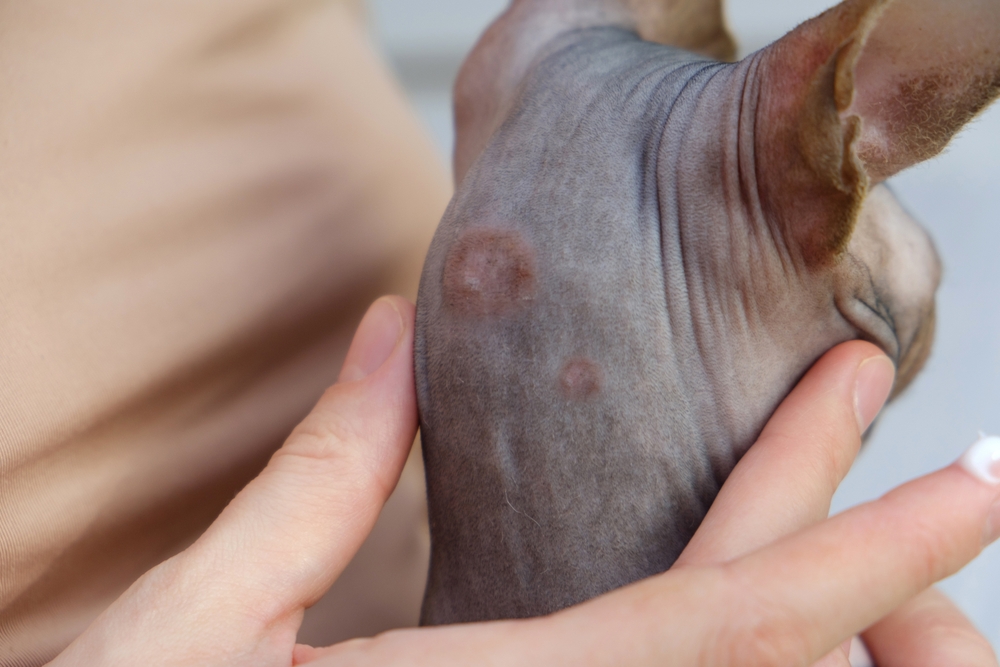
Despite what the name suggests, ringworm is a type of fungal infection that is highly contagious and zoonotic, meaning an affected animal can pass this skin condition to their human companions. Cats with ringworm are generally very young or immunocompromised.
Cats with ringworm will often have areas of hair loss and slightly raised, round lesions that are commonly seen around the face and ears. There are several ways this condition can be definitively diagnosed by your veterinarian. Treatment is the use of an antifungal, either topically or orally.
Depending on your geographical location, your cat may be at risk of developing other fungal infections. Other fungal conditions are not nearly as common as ringworm but often pose more of a threat.
4. Abscesses/Wounds

Injuries endured by other animals or trauma from objects within the cat’s environment can lead to abscesses. Abscesses can occur anywhere on the body and are the result of infection and pus accumulation. This is a common occurrence in cats, especially cats with access to the outdoors.
Often, fighting amongst cats can result in the formation of an abscess. Identifying this type of infection can be hard due to the stoic disposition of many cats. The abscess itself usually appears swollen, warm, and painful.
Minor abscesses may improve with antibiotic administration, whereas large abscesses might require debridement and the placement of a drain. Cats battling abscesses may show signs of systemic illness and mobility changes.
5. Scabies
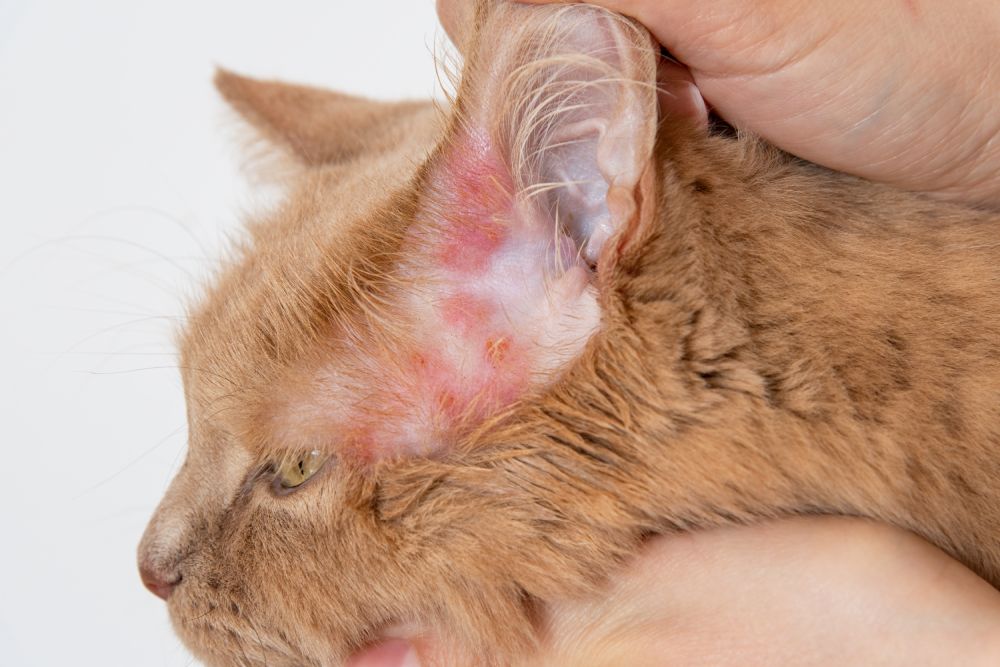
Sarcoptic mange is a mite parasite that can cause intense itchiness and areas of flaky skin. Scabies is more common in canines, but it does occur in cats. Felines with sarcoptic mange will have areas of hair loss and thickened skin.
Fortunately, scabies can be treated with several different preventative measures. Similar to ringworm, this mite can be transferred to people and other animals, so prompt diagnosis and treatment are important.
6. Psychogenic Alopecia
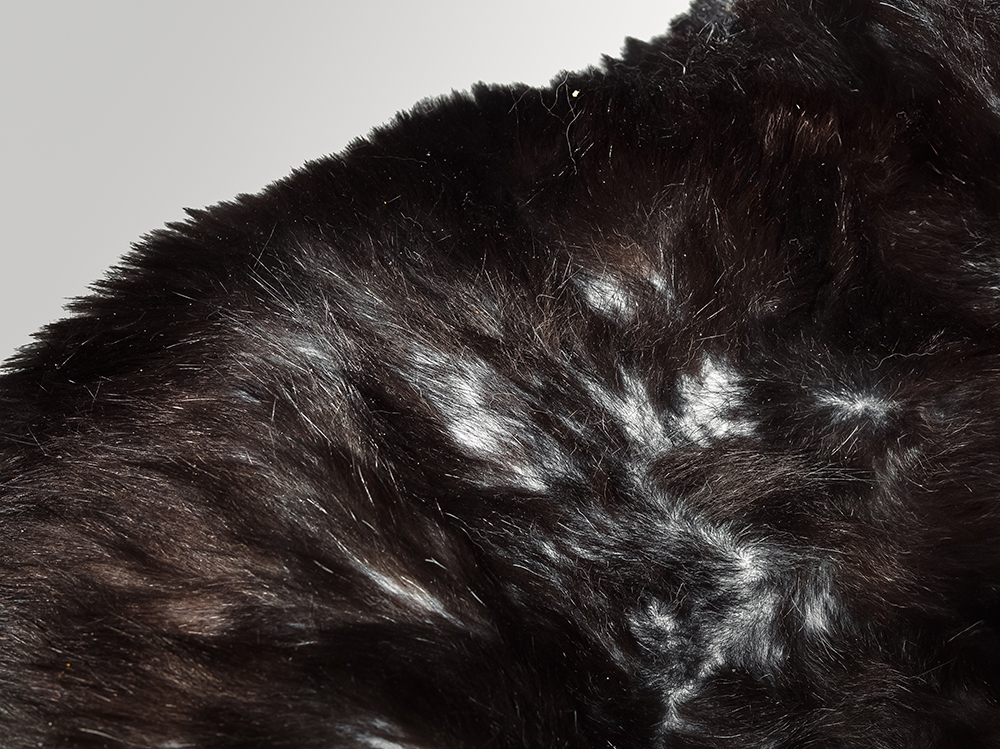
Areas of hair loss, or alopecia, can develop because of overgrooming. There are a lot of different reasons a cat may excessively groom, including itchiness and pain. In some cases, however, the underlying cause is thought to be psychogenic, originating from an emotional or mental state.
Alopecic areas can be small and localized or they can be large. Cats with severe alopecia without an underlying identifiable cause may improve with the introduction of anxiety medications( like fluoxetine), removal of environmental stressors, and enrichment.
7. Feline Acne
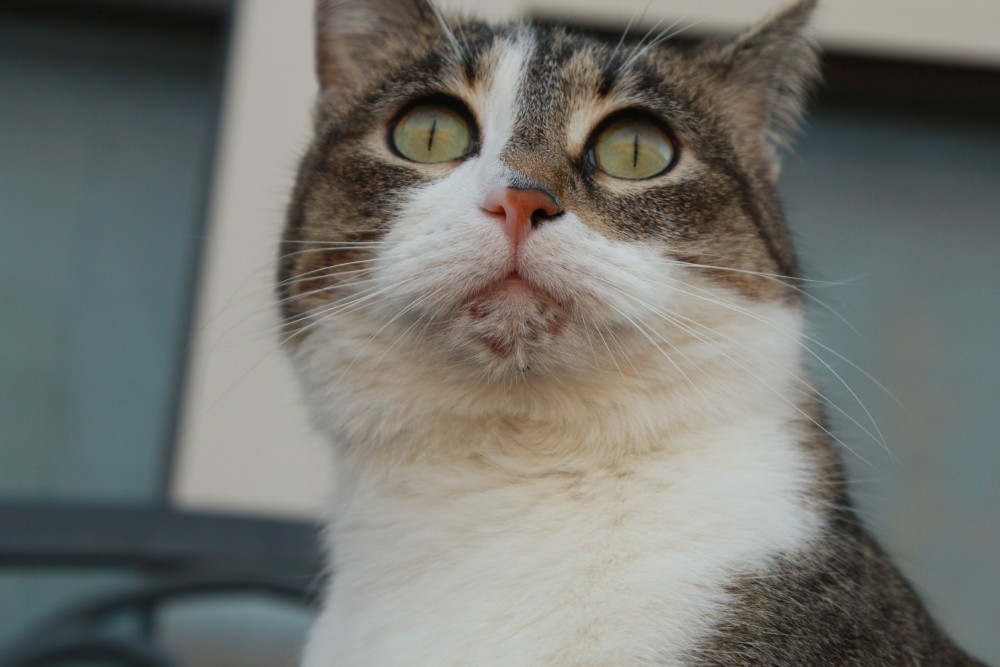
Small blackheads can form within the skin, generally around the lower jaw, in a condition referred to as feline acne. Blackheads are essentially blocked glands. These blocked glands become inflamed and, in some cases, infected.
Feline acne is most identifiable due to the dirty appearance of the chin and small visible blackheads. Treatment often involves topical ointments or oral antibiotics, along with flushing of the blocked glands.
If a cat with feline acne is eating or drinking from a plastic bowl, it may be recommended that the bowl be replaced by a stainless-steel bowl, as it is thought that the plastic bowl may hold onto bacteria and predispose cats to the development of feline acne.
8. Cancer
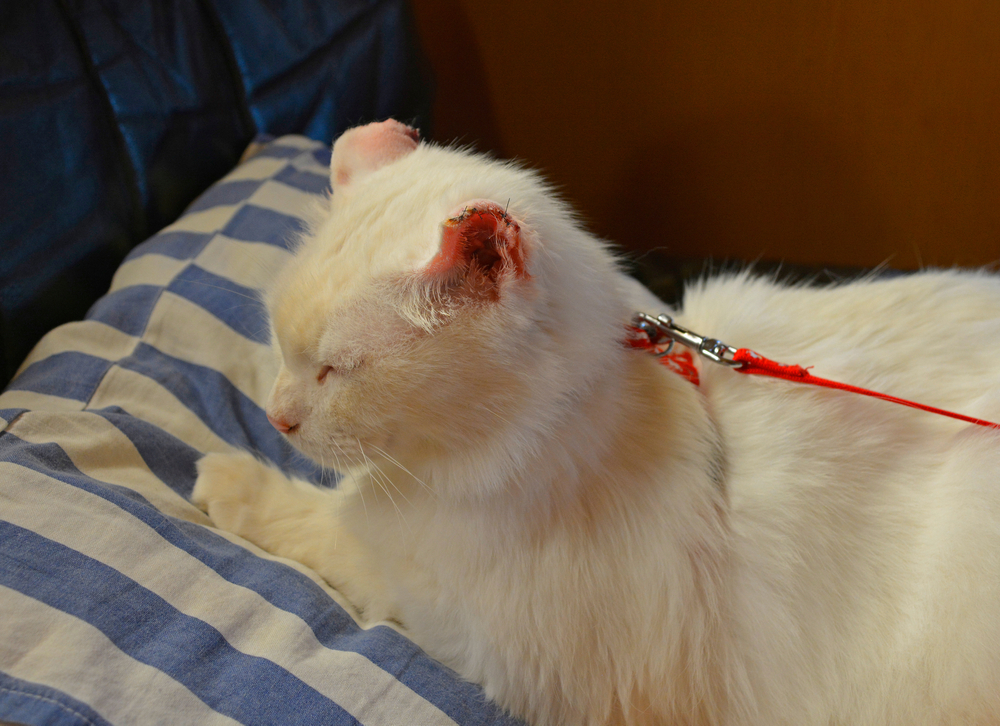
Neoplasia, or cancer can impact the skin. There are several types of skin cancer, with the most common being squamous cell carcinoma, basal cell carcinoma, fibrosarcoma, and mast cell tumors. Cancerous lesions can vary in coloration and appearance. Some cancers may appear as bumps, whereas others may look like scabs or bleeding wounds.
Diagnosis of cancer often requires a biopsy, and treatment may involve surgical removal or debulking.
9. Ear Infections
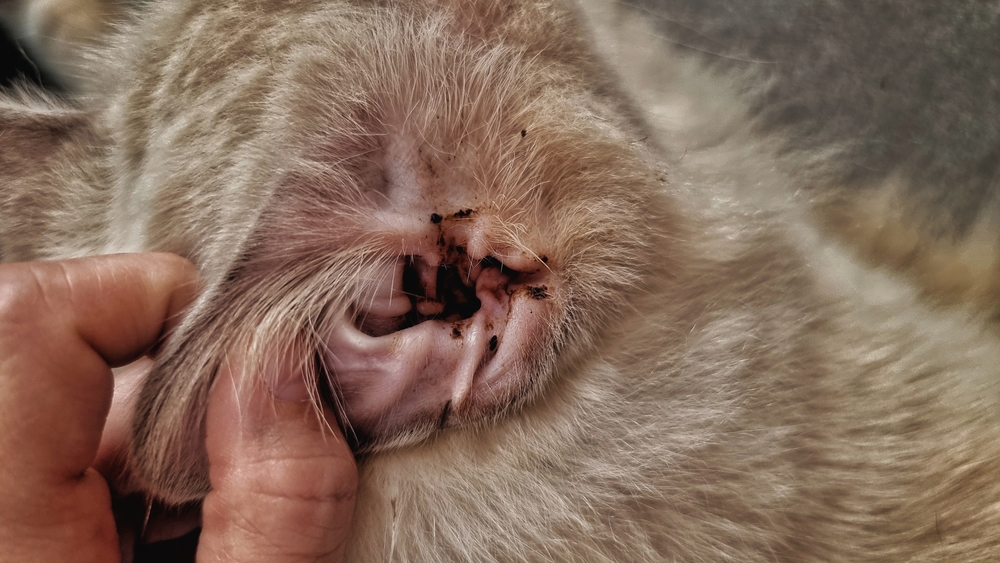
Ear infections can occur for several reasons, including allergies, parasites, and foreign bodies. Infectious agents, including bacteria and fungus, can exacerbate signs of infection. Cats with ear infections often shake their head excessively, scratch at their ears, and have visible discharge or debris in their ear canals. Treatment for ear infections may vary based on the underlying cause.
10. Feline Dandruff
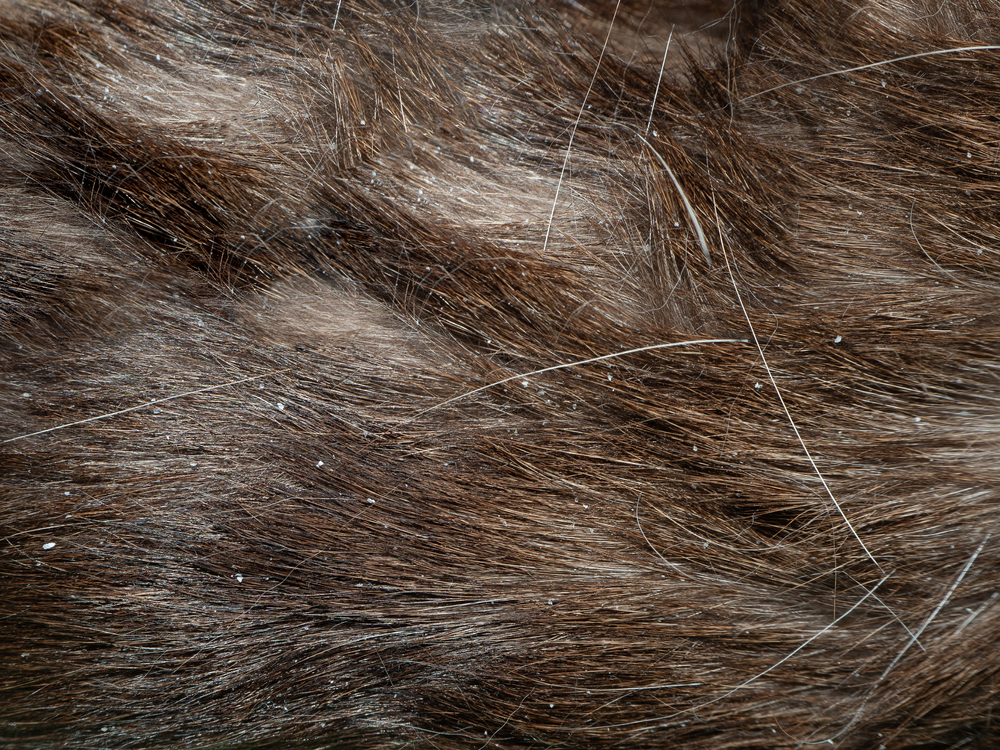
Dandruff is flakey, dry skin that is often seen stuck in the fur. This can be a sign of other conditions like allergies or poor nutrition. Omega-3 supplementation and a high-quality diet can help improve the overall condition of the skin. Some obese cats may experience dandruff as a result of poor grooming practices. Additionally, anti-seborrheic shampoos may help bring relief.
How to Address Skin Conditions in Your Cat
If your cat is minimally impacted by the condition of their skin, you may have time to try to figure out the problem on your own, prior to seeking help from a veterinarian. If the problem has occurred quickly, consider your cat’s environment. Has anything changed? Have you started using a new laundry detergent? Have you recently changed your cat’s food? Have they been given their monthly flea prevention?
If your pet is showing signs of discomfort, or if there is a visible wound or trauma, it is time to visit your veterinarian. Your veterinarian will perform a thorough physical examination and ask pivotal questions regarding your cat’s recent history. Based on their findings, potential diagnostics and treatments will be offered.
Signs of Skin Conditions
- Hair loss
- Scabs
- Pruritus (itchiness)
- Red, inflamed skin
- Bumps
- Changes to fur texture or appearance
Conclusion
There are several different causes of skin conditions in cats. Unfortunately, treatment is often dependent on the underlying cause. Some conditions can be avoided in cats by just simply keeping up with monthly parasite prevention in the form of flea/tick and heartworm products. Schedule an appointment with your veterinarian to discuss diagnostics and interventions if your cat is exhibiting signs of skin problems.
Featured Image Credit: H_Ko, Shutterstock
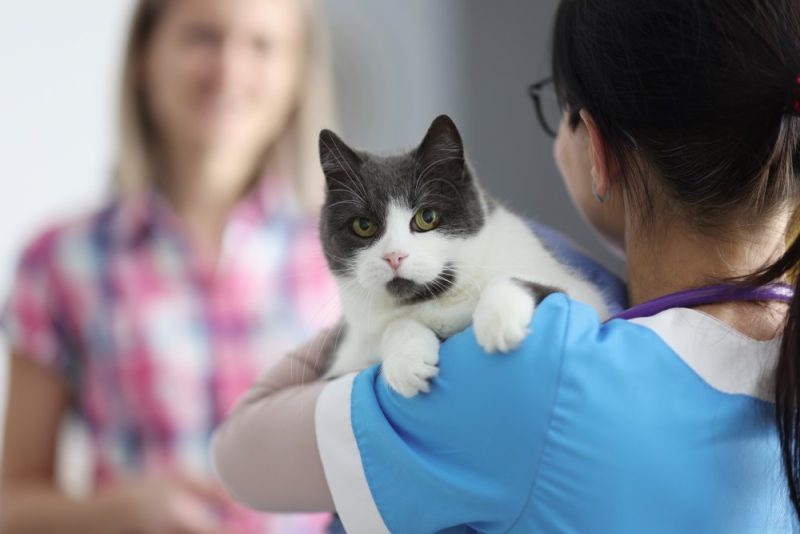



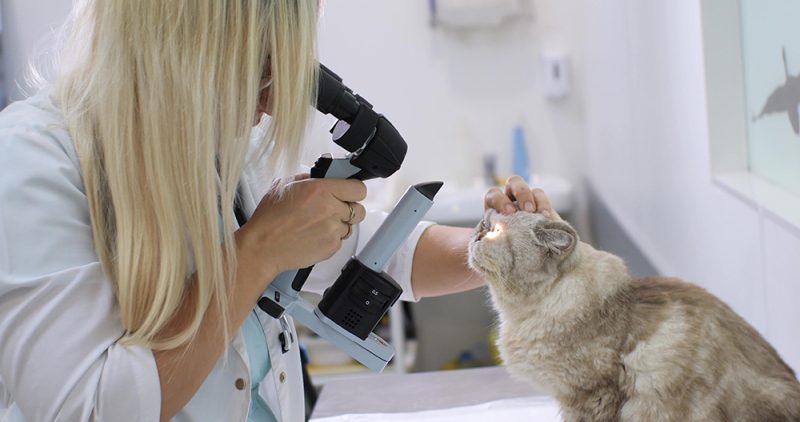

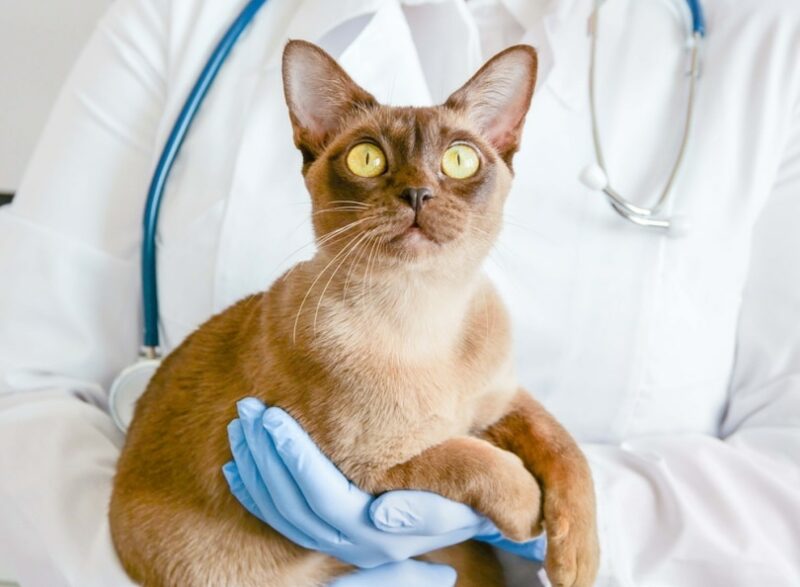
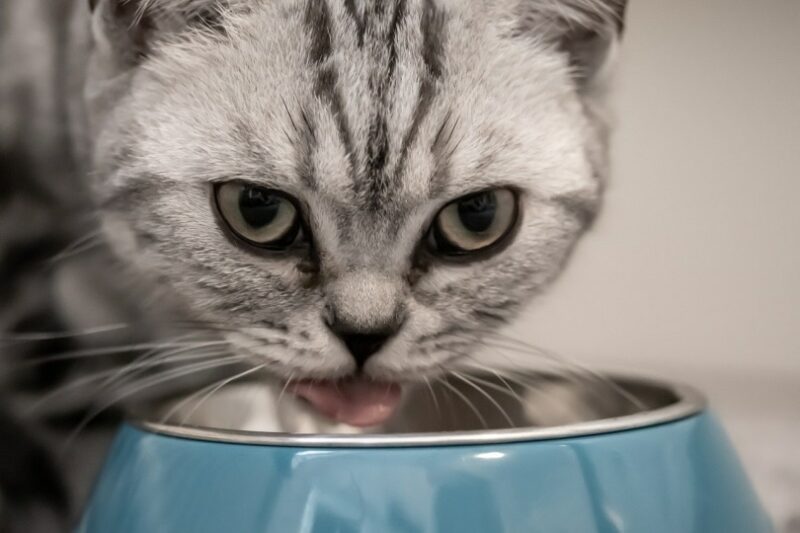
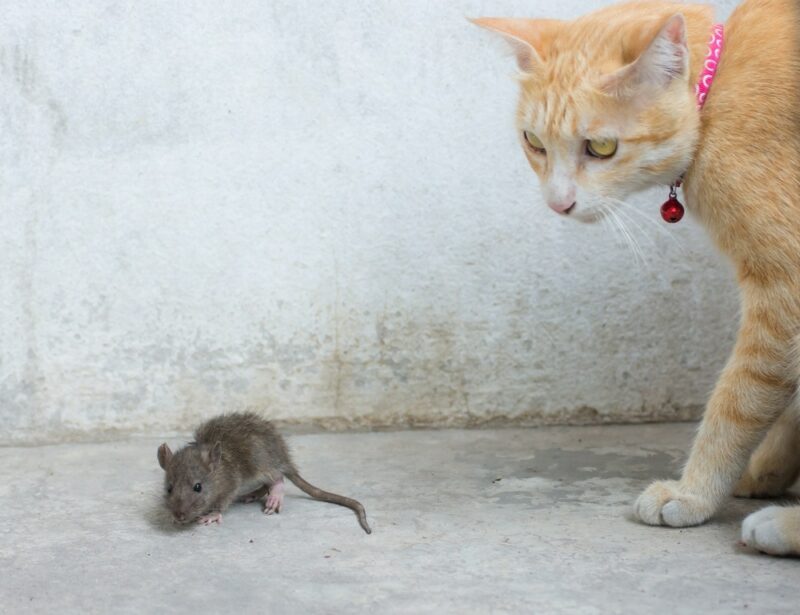

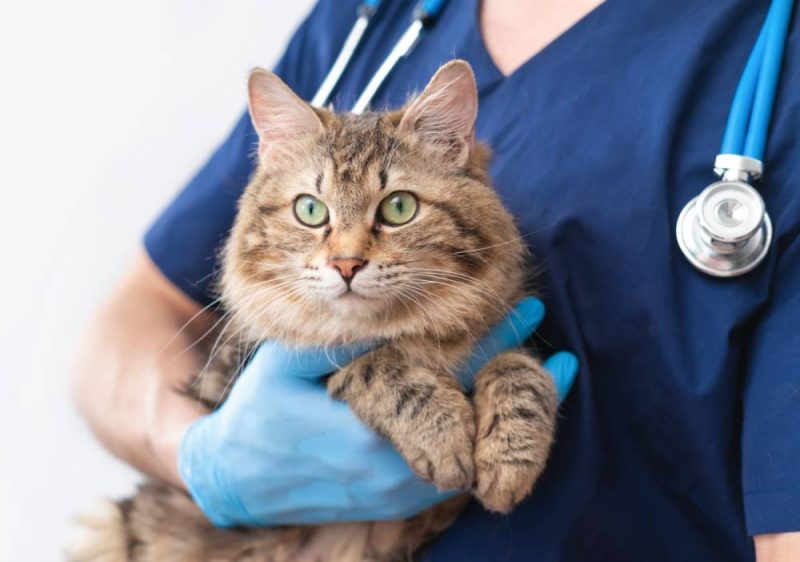
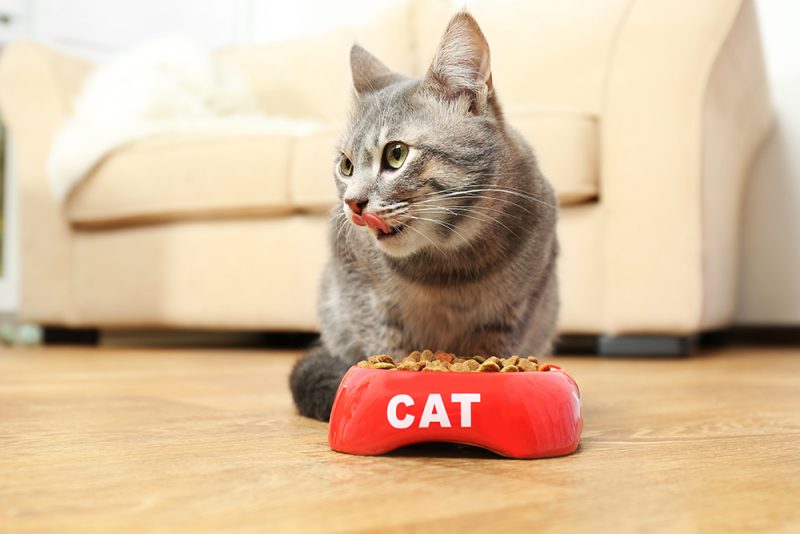
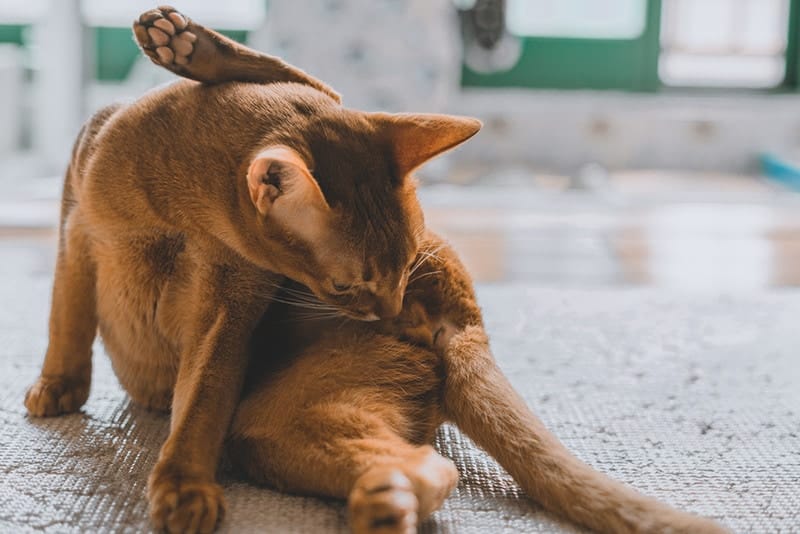

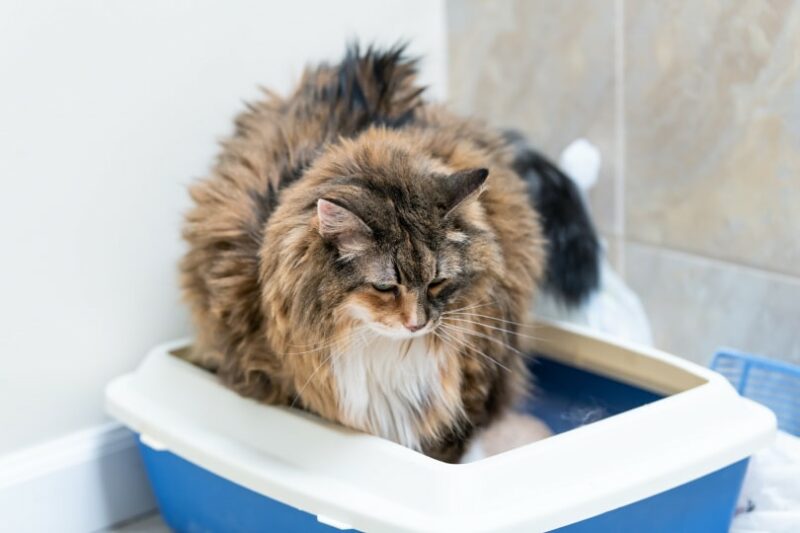

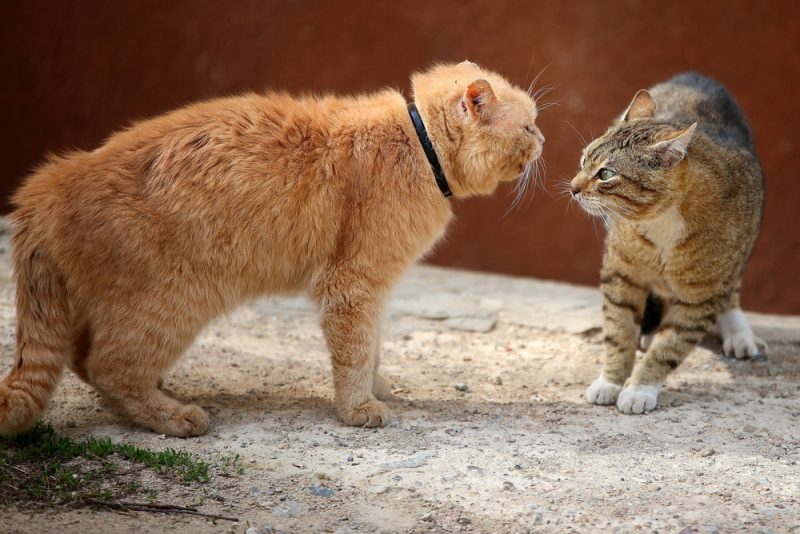
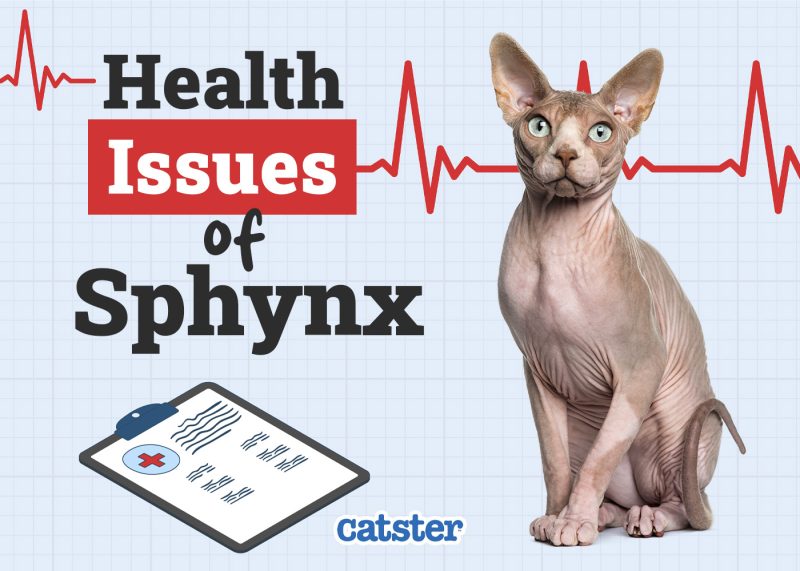
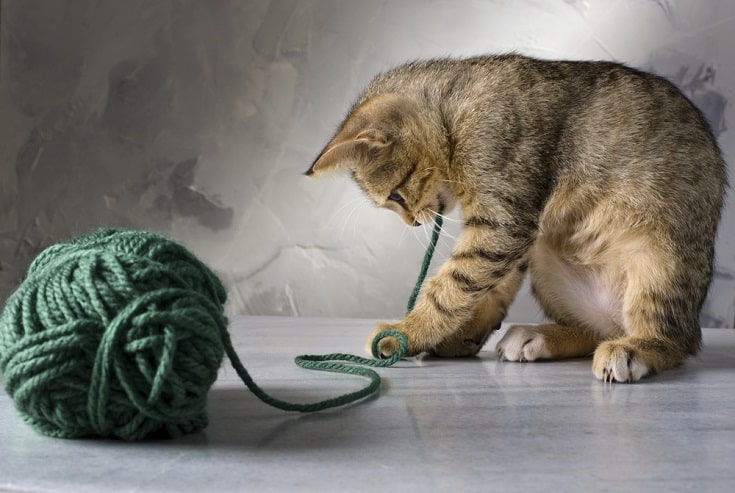

6 Responses
I have a feral cat that I feed. He has a terrible skin condition that seems to comes and goes. When he is experiencing a crisis he scratches and bites his skin, sometimes removing small patches of skin and hair. He will not allow anyone to came near him. Is there anything I can give him that would help, maybe something I can add to his food?
Hi Juan Sanchez.
It sounds like you have a very dedicated heart to be caring for this feral cat, even with his difficult skin condition. It is distressing to see him scratch and bite himself, especially to the point of removing skin and hair.
We cannot recommend specific medications or supplements to add to his food, as treating any skin condition requires a precise diagnosis by a veterinarian. The terrible itching, scratching, and hair loss could be due to anything from severe fleas, food or environmental allergies, or a persistent infection. Without professional guidance, any treatment you try may be ineffective or potentially harmful.
Since he won't let anyone near him, we recommend consulting a veterinarian who can advise on humane trapping and safe sedation methods needed to examine his skin and provide the necessary medical treatment.
10 month old female kitten, adopted, skin just fine , no fleas, good med. report. Now losing fur along backbone. She was eating Hills Science Diet, switched to Iams Indoor but prefers wet food. I've seen little tufts of fur around house. Thanks for your help.
Hello Jayne,
Thank you for your message, although I am very sorry to hear about your cat's skin issues. This seems like something that should be seen by veterinarian. Our veterinarians from PangoVet.com would gladly make a call with you. 20-minute video call costs just $19.99 and you can also upload photos before the meeting for the veterinarian to make an assessment before the meeting.
My cat scratches and fur gets thinner some small blood spots can appear only round the face and neck, she only had it three times in her life ,she is 16 and two vets cleared it quick with meds some years ago . she has been treated for fleas but they have never been the problem, . the vet has treated her twice and it remains and is getting worse. Can you help please I am bathing with salt water.
Miss Shirley Hatcher your description sounds like possibly feline acne? Maybe? It sounds like you need a veterinarian's insight, please contact www.pangovet.com